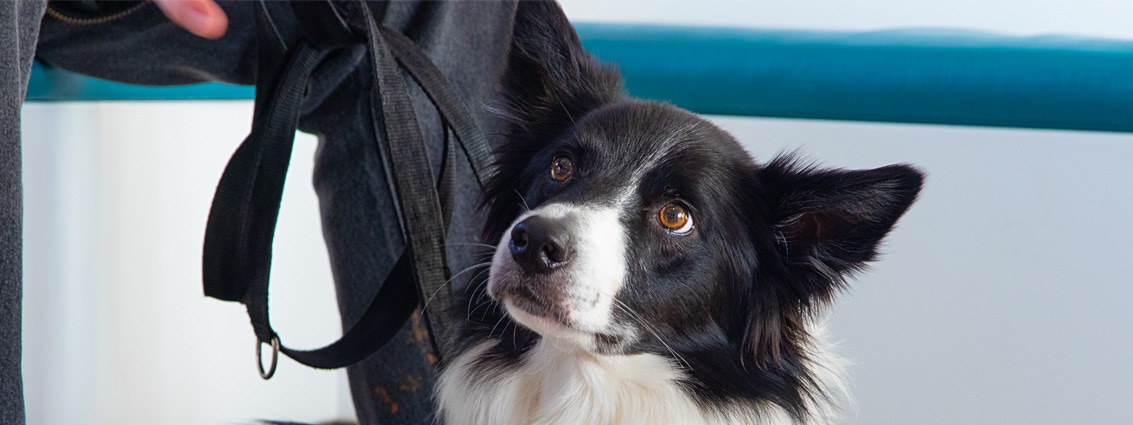We understand the special relationship people have with pets and aim to provide the best possible health care in a friendly and welcoming environment.
Treatment of sick and injured animals is a very important part of our work, but we are great believers in the value of preventative health care in keeping your pet in tip top condition for a long and happy life.
Our pet care services are designed to promote a healthy life for your pet whatever their age with personal attention from your vet and nursing team.
For more information, please browse through our website pages or contact our friendly team

Whether your dog is already your best friend or you are considering getting a puppy, we have put together lots of helpful dog advice on topics such as puppy advice, neutering and vaccinations to behaviour, dietary advice and more.
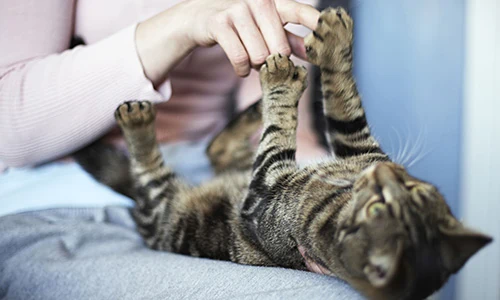
Though notoriously independent, cats are still a big commitment for pet owners and we really care about supporting you in giving them the best chances of a long, happy and healthy life. Our team of experts have put together advice articles that covers all bases, including kitten advice, neutering and vaccinations as well as senior cat advice, dietary advice and behaviour.
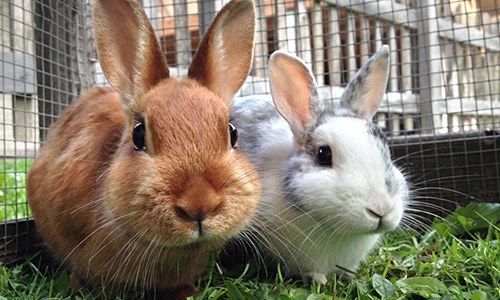
If you have a happy rabbit at home already or are considering bringing a baby bunny into the family, our compassionate team of vets and nurses have put together advice on topics such as dietary advice, young and senior rabbit advice and common medical conditions. We hope you find these articles useful in offering you expert knowledge and peace of mind.
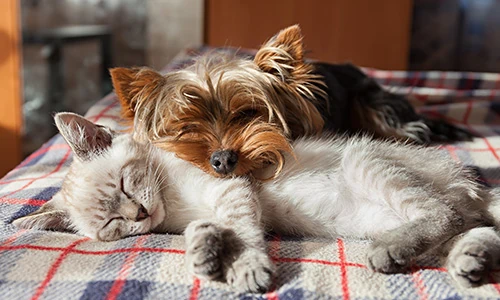
Your pets can be your best friend or part of the family, we understand that is why the expert team of veterinarians at Park Vet Group can offer expert advice to cover topics such as neutering, travelling with your pet and dealing with fireworks or noise phobias.
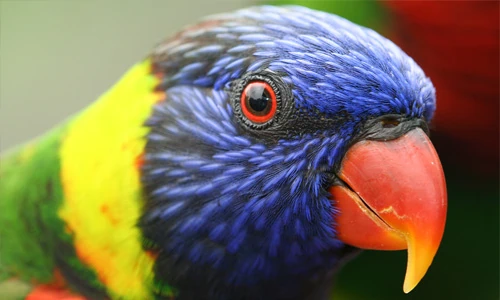
It can be difficult finding an exotic vet near you with the right expertise for your exotic pet, but at Park Vet Group in Leicestershire, we have both the qualifications and experience to offer the very best care to these special animals - from the smallest mammal up to the largest snake!

